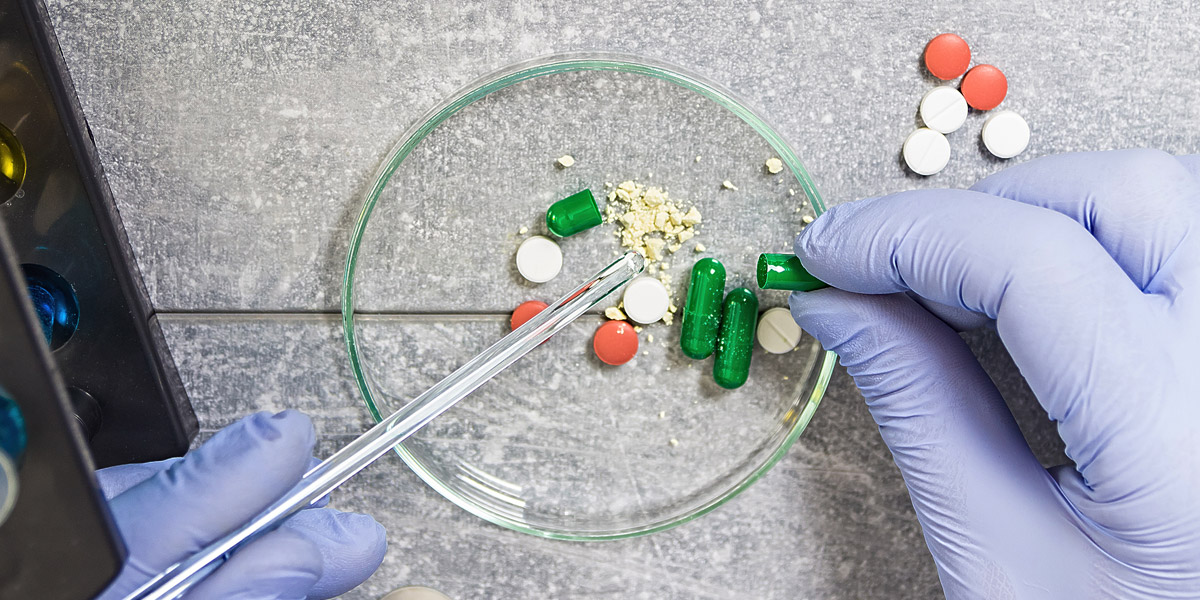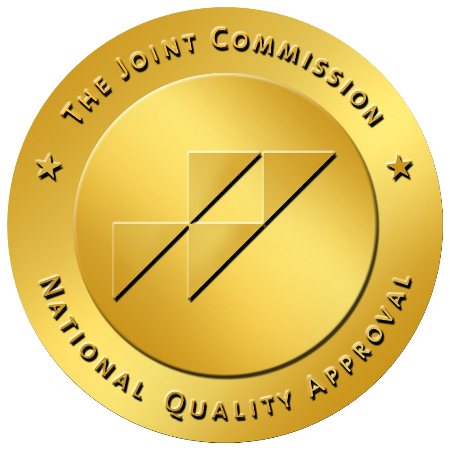Synthetic Cathinones “Bath Salts” Drug Facts

What Are Bath Salts?
Synthetic cathinone products sold as bath salts are not actually bath salts, such as Epsom salt that people use during baths. These bathing items do not have mind-altering ingredients. Instead, bath salts are chemically similar to amphetamines, cocaine, and MDMA. They are supposed to be cheap, legal alternatives to more traditional substances of abuse.
Bath salts are synthetic man-made chemicals formulated after cathinone, a naturally occurring stimulant in the khat plant. The khat plant grows in East Africa and the Arabian Peninsula, known for its stimulating effects after you chew its leaves. However, synthetic cathinones, bath salts are much more potent than the natural product, and in most instances, severely unpredictable and dangerous.
Although various cathinones have been synthetically made for recreational use, the chemicals mephedrone and 3,4-methylenedioxypyrovalerone (MDPV), a common synthetic cathinone, are the most toxic, responsible for almost all emergency room visits after using bath salts. MDPV affects the brain in the same way as cocaine but is at least ten times more powerful.

What Do Bath Salts Look Like?
Bath salts are sold in powder form, typically white or tan-colored crystal-like powder. It comes in small plastic or foil packages labeled not for human consumption to avoid regulation standards and detection by authorities. They may be marked as bath salts, plant food, phone screen cleaner, or jewelry cleaner.
Additionally, molly, slang for molecular, referring to what is supposed to be pure MDMA, often contains bath salts. Police have reportedly seized hundreds of capsules, sold as molly, containing bath salts. In 2012, two South Florida crime labs tested hundreds of molly capsules, identifying methylone, a harmful synthetic cathinone, as an ingredient.
Brands
Synthetic cathinones are manufactured mainly by Asian chemical companies and sold on the internet. In addition, bath salts products can be purchased in drug paraphernalia stores, tobacco or smoke shops, adult bookstores, gas stations, and truck stops under an assortment of brand names, including:
- Vanilla Sky
- Bloom
- Purple Wave
- Ivory Wave
- White Lightning
- Bliss
- Red Dove
- Cloud 9
- Cotton Cloud
- Snow Day
- Ocean Snow
Bath Salts Ingredients
The psychoactive ingredients of bath salts are synthetic cathinones containing MDPV, mephedrone, known as meow meow, and methylone. All three chemicals have hallucinogenic effects with no approved medical use and are incredibly addicting. Cutting agents or chemicals used to dilute drugs and increase profits, such as inexpensive anesthetics, are also added to bath salts.

Forms of Use
Bath salt’s synthetic powder is typically snorted, swallowed, smoked, or injected. The worst documented cases are connected with snorting and needle injection.
Effects
The effects of synthetic cathinones at low doses, lasting about 3 to 4 hours, can be stimulating, producing euphoria, increased energy and friendliness, increased sex drive, and elevated mood. Still, high doses can cause adverse side effects such as:
- Increased heart rate
- Chest pain
- High blood pressure
- Severe paranoia
- Lack of appetite
- Anxiety
- Nosebleeds
- Hallucinations
- Aggression
- Panic attacks
Repeated or long-term use of bath salts can cause severe symptoms that have sent many individuals to hospital emergency departments, including:
- Kidney failure
- Seizures
- Muscle spasms
- Breakdown of skeletal muscle tissue
- Loss of bowel control
- Sharp increase in body temperature
- Blood circulation problems
- Psychosis
- Violent behaviors

Dangers
Synthetic cathinones represents the majority class of a new trend, designer drugs, or legal highs, called new psychoactive substances (NPS). These synthetic drugs are unregulated, mixed with unknown chemicals, and without legitimate medical use.
The first cathinone-associated NPS in the United States was identified in bath salts products in 2010, which was already available in the recreational drug market. By 2011, calls to U.S. poison control centers related to bath salt use increased from 304 to 6,138.
The Department of Health and Human Services warns individuals of the dangers of these new emerging drugs sold as “legal highs.” They are frequently taken off and reintroduced to the drug market rapidly to evade law enforcement efforts to assess and inspect their manufacture and sale.
Bath salts are the frontrunner in this new and emerging class of drugs, though its consumption can result in severe health consequences, including death.
Withdrawal
The chemicals in bath salts are addictive, causing powerful and uncontrollable urges to use the drug again. Synthetic cathinones can cause intense withdrawal symptoms that include:
- Anxiety
- Depression
- Tremors
- Insomnia
- Paranoia
Treatment for Bath Salts Addiction
There are no FDA-approved medications for synthetic cathinone addiction. However, the National Institute on Drug Abuse (NIDA) affirms that behavioral therapy can treat synthetic cathinone addiction and recommends, as with all addictions, screening for co-occurring mental health conditions, referred to as dual diagnosis.
With our expert and compassionate care, Northridge Addiction Treatment Center can develop a unique treatment plan to help you take your first step down your path to recovery.
With our behavioral therapy programs, such as our cognitive behavioral therapy and dialectical behavior therapy program along with our dual diagnosis program, bath salts addiction is one of the many substance abuse disorders we can treat effectively.
Call today to get the available help. A future without addiction is achievable.
Find Meaningful Recovery
Our caring and compassionate specialists are eager to help you comfortably navigate this journey to recovery. Our individualized treatment plan, programs, and therapies may be a perfect match for you or your loved one. Let us assist you in living the happy life you deserve. It starts with a phone call.




